When I last visited the National Museum of African American History and Culture, I started…
by Professor Rashi Jain, ELAP
“Where are you from?”
It’s a question that most immigrants are inevitably asked at least once during their lifetimes in their host countries. While the intention on the part of the inquirer may be benign — often arising from a place of curiosity — the impact can be multifold, including inevitably ‘othering’ the person that the question is directed towards. I have explored this question and its impact on the immigrant identity through my own autoethnographic explorations as well as volumes that I have edited with colleagues in my field, and I also used the opportunity provided by the MC Smithsonian fellowship to engage my students — immigrants and international participants themselves — in their own exploration of the transnational identity construct in a classroom setting.
I, in fact, initially conceptualized my MC Smithsonian project as a short unit, but I eventually expanded it to two new multi-week units, or modules, that spanned the entire semester — one that focused on globalized food systems and localized food (in)security, and another that focused on global migration and transnational migrants. For the module titled ‘Globalized Food Systems and Localized Food (In)Security’, students explored two primary Smithsonian exhibits: ‘FOOD: Transforming the American Table’ — especially the sub-exhibits ‘Resetting the Table’ and ‘The Migrant’s Table’, and ‘Food for the People: Eating and Activism in Greater Washington’. For the module titled ‘Global Migration and Transnational Migrants’, however, we examined Smithsonian’s ‘Many Voices, One Nation’ exhibition, and especially the section titled ‘Transnational Lives’. (See Image 1)
In my narrative for the MC Smithsonian magazine, I have focused on the first unit — on food insecurity, so in this blog post, I am going to describe in more detail the second part of my project where I guided my students through a deep exploration of immigrant’s transnational identities by making connections between their own lived experiences, the Smithsonian exhibits, and the course materials.
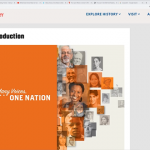
My students and I started the second module of the semester with its focus on ‘transnational identities’ at the end of October and spent the remaining semester exploring the construct in great detail. We started by first discussing the idea of ‘home’, especially in the context of the immigrant experience where the answer to the seemingly simple ‘where is home’ is often inherently complex and multilayered. I encouraged my students to respond to the question by sharing my own thoughts and writing (through my self-designed OER) around ‘home’ as an immigrant and a former international student myself. By making an empathetic connection, my students in turn shared rich ideas and thoughts based on their own lived experiences across their home and host countries. Students also viewed a TED talk by Pico Iyer titled ‘Where is home’, and we analyzed the theme of home as explored in the video. This deep discussion created the foundation on which we next explored the construct ‘transnational identity’ through the incredible Smithsonian exhibit titled ‘Many Voices, One Nation’, and especially the sub-exhibit ‘transnational lives’.
Image 1 above: Introducing my students (faces blurred to maintain confidentiality) to the Many Voices, One Nation virtual exhibit
Since the class was being taught remotely, we explored the exhibit virtually via Zoom. I opened the discussion by asking my students to respond to the exhibition title and poster on its home page, and one of my students insightfully commented during the guided group discussions that she could see herself in the images represented on the exhibition’s home page next to the title [see Image 1]. As a result, right from the beginning, we were able to establish that the exhibition was inclusive and responsive to the sheer diversity of those who comprise the US as a nation, before proceeding to explore in much more detail the sub-exhibit ‘Transnational Lives’ [see Image 2]. Given that I teach academic English, and the capstone course is an integrated skills’ class, I guided the students through a textual analysis of the sub-exhibit descriptions and images, but I also ensured that we went beyond and engaged my students in critical thinking by asking them to apply the content to their own lives and lived experiences, as well as make larger global connections.

Image 2: Exploring and analyzing the subunit ‘Transnational Lives’ of the Many Voices, One Nation virtual exhibit
My students began to think about whether they would identify themselves as living transnational lives and engaging in transnational activities or not, including — based on the sub-exhibit’s sections — sending remittances back home, maintaining social connections across countries, and working in more than one national context [see Image 3]. The questions students asked and the answers they provided to my own prompts demonstrated this deepening student engagement and critical thinking.
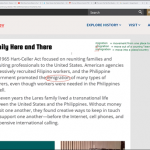
Image 3: Helping students make connections with the exhibit contents and their own lived experiences as immigrants
We spent several more class sessions exploring the exhibit in depth and connecting it with other module materials, including an open-access journal article by Peggy Levitt, titled ‘Transnational Migrants: When “Home” Means More Than One Country’. As part of the more formal assignments and assessments, my students wrote two essay compositions — one where they identified and described problems that migrants face in a host country and another where they argued whether immigrants should maintain their home cultures while integrating into the host country or not. The students also created powerful individual PowerPoint/Prezi presentations [see Image 4] where they described their identities as migrants, explained how they lived transnational lives (based on the Smithsonian exhibition ‘Many Voices, One Nation’), and took clear positions regarding whether they considered themselves as ‘transnational migrants’ or ‘occasional transnational activists’ based on Peggy Levitt’s article.

Image 4: A student giving a presentation connecting ideas from the Smithsonian exhibition with her own lived experiences
At the end of the semester, students filled out evaluations and provided rich and insightful feedback on their experiences working on the Smithsonian components of their coursework. Students provided both quantitative and qualitative responses to the survey items. All students who completed the evaluations strongly agreed that the Smithsonian component had a positive impact on their learning as well as that they were able to make connections between the Smithsonian component in the course with materials from other courses that they have taken, while most agreed strongly that visiting the museum websites and digital collections was a valuable experience for them and that they thought about something in a new way as the result of the Smithsonian assignment. One of the students wrote in her evaluation, “It was very special that the Smithsonian exhibit of Many Vo[i]ces One Nation has [a] collection of things that were donate[d] from immigrants”, thus validating the diverse and inclusive nature of the exhibit. Another wrote, “Using Smithsonian exhibits was very helpful for my assignment, and I learned [a] lot of new thing[s] about [the] museum which I didn’t know before. I have gained new experience, also I didn’t know there are [a] lot of exhibits which are free and knowledgeable.” A third student reflected about the entire semester and the two Smithsonian-centric modules when she wrote, “I have learned so much about the food insecurity, about Climate change, about how immigrants brough[t] so many dishes to the United States, and the beautiful cultures that people brough[t] from their country of origin to the United States.”
It’s evident that the students gained a lot from the Smithsonian components in my course, and I would reiterate that I myself gained invaluable insights as I adapted my pedagogy to include the Smithsonian exhibits in meaningful and relevant ways. It was a wonderful experience overall, and I’m grateful to the Fellowship program for giving me and my colleagues this unique opportunity through a challenging time in our professional lives as we all continue to grapple with an ever-evolving pandemic and new global realities.


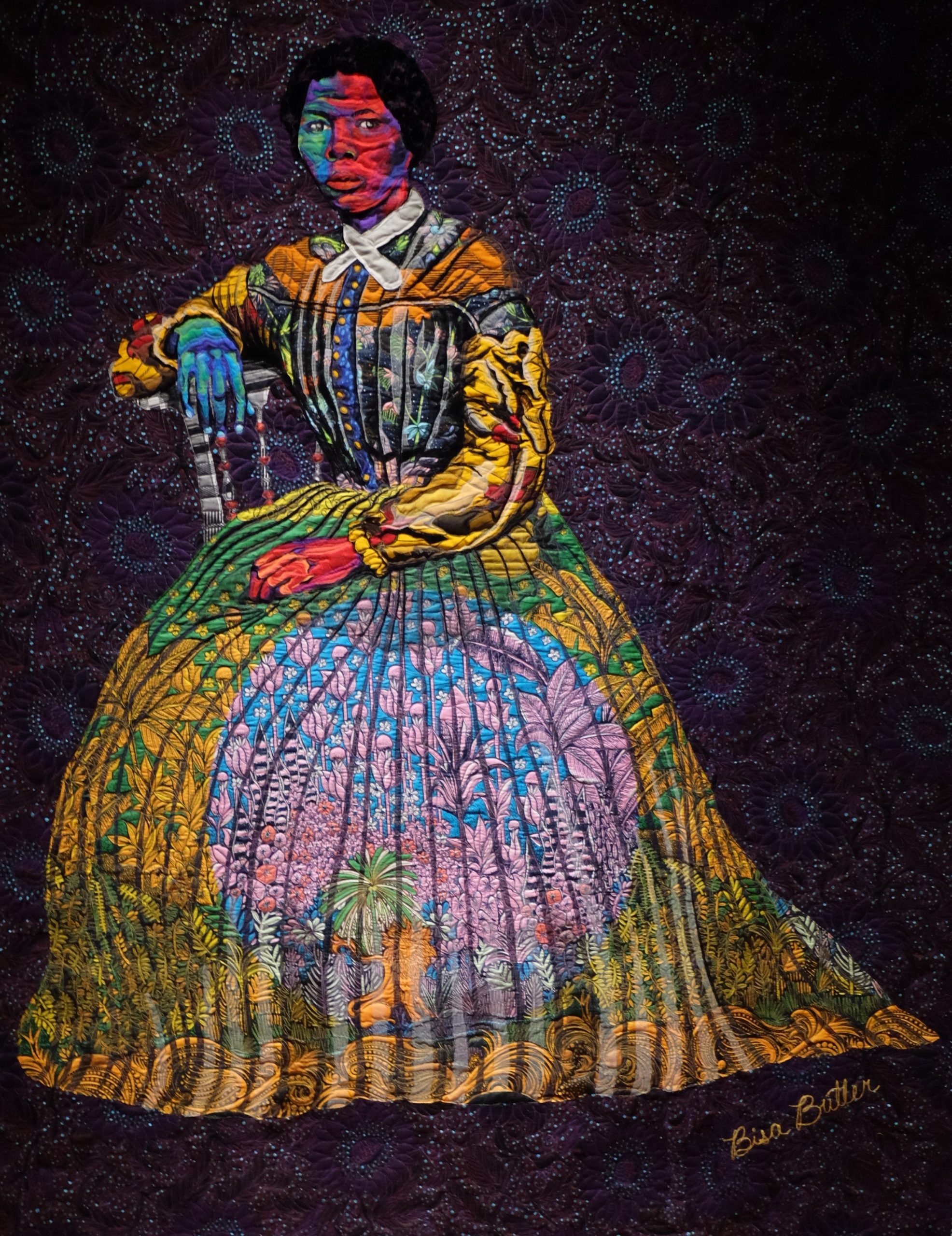
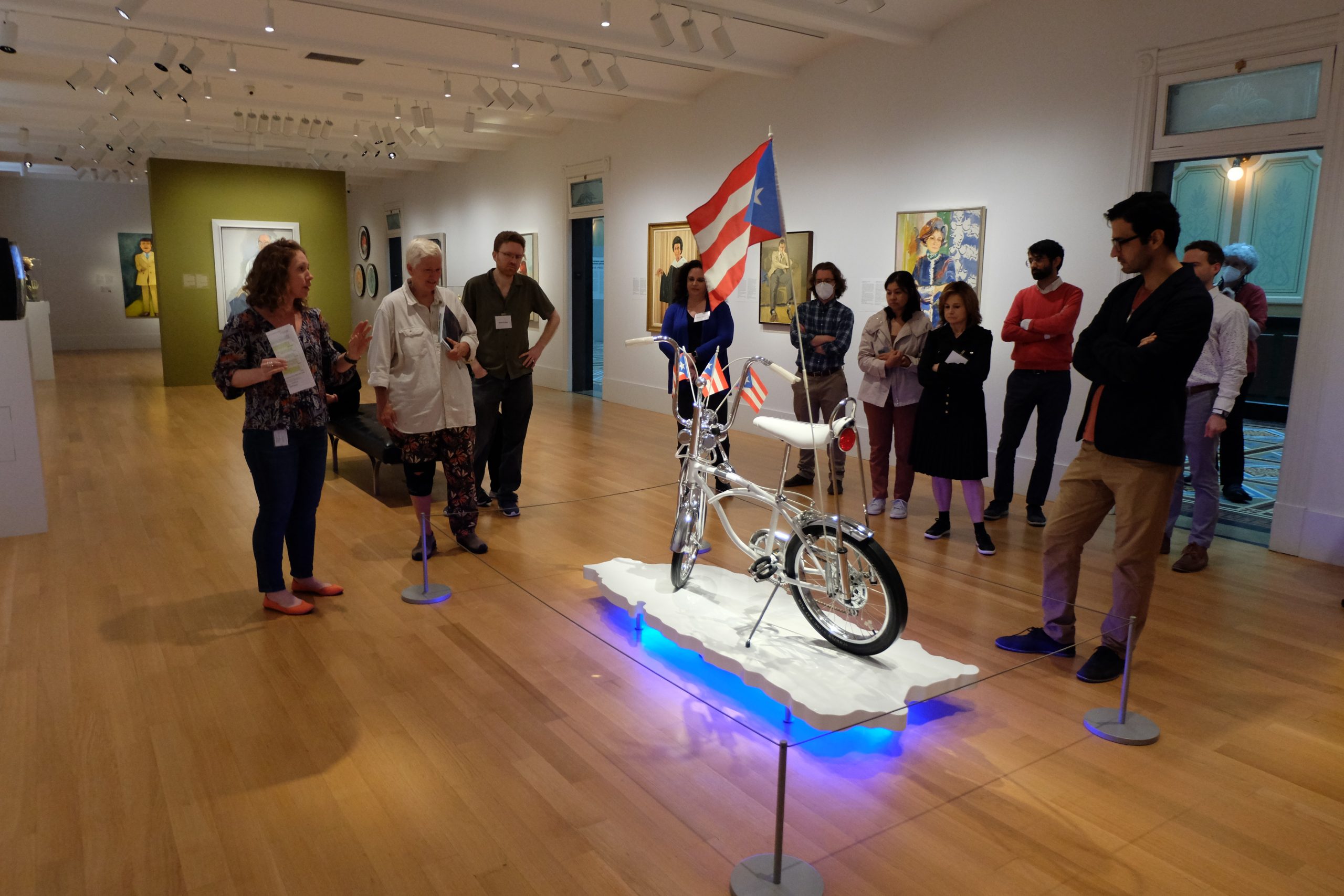
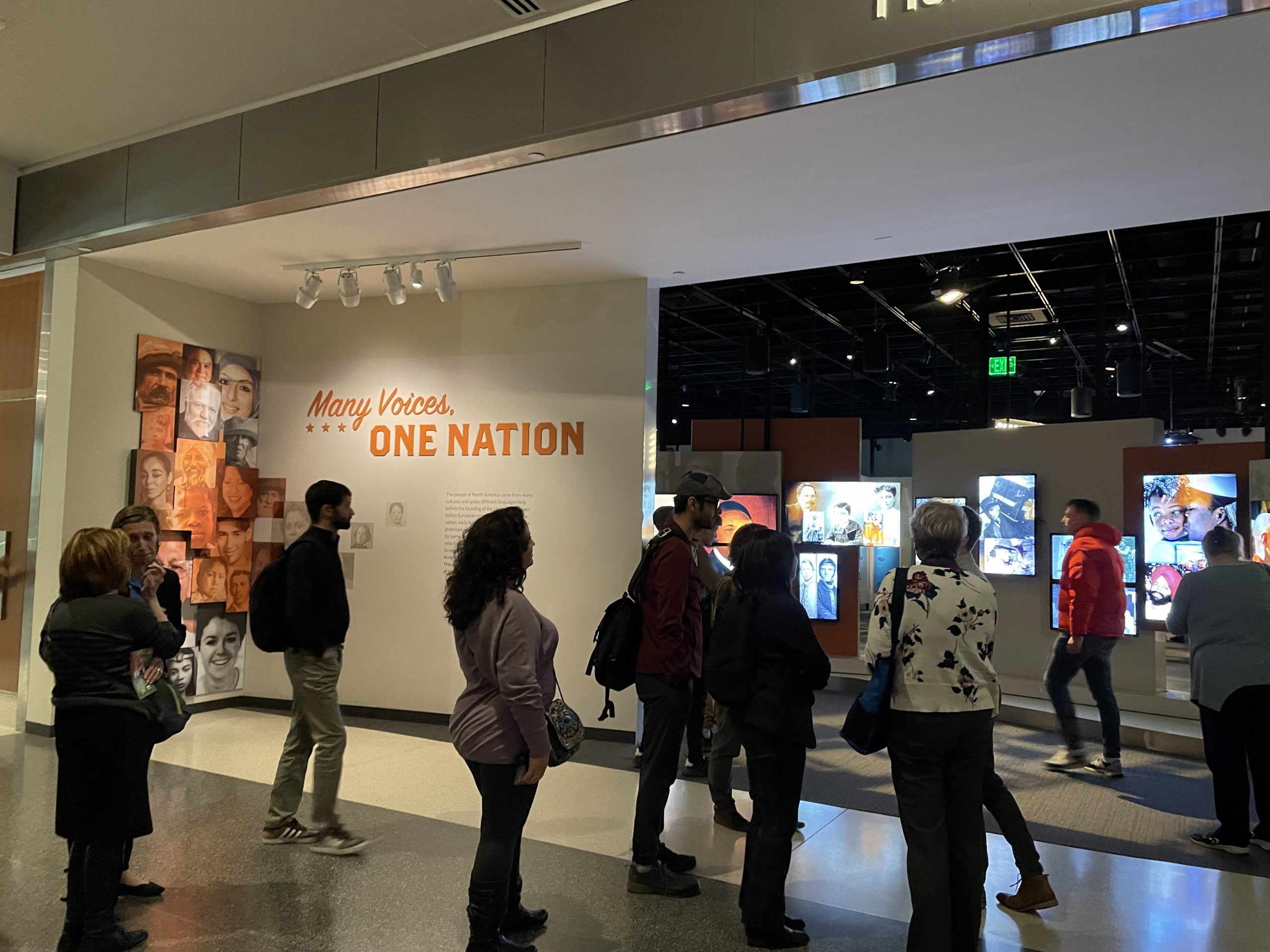
This Post Has 0 Comments